We were told to not 'ROCK THE BOAT'
But we are on our trusty sampan, and will be casting a vote with culture, community & Indigenous voices in mind
Amid the sea of rallies and debates this election season, one remark by Singapore Democratic Party (SDP) candidate Ariffin Sha stood out to us:
This line hits close to home for the Orang Laut community, mirroring the reality of what many community members feel — and see— on a daily basis. At West Coast Park, the mega yachts grow larger and more ostentatious each year, creeping into the waters of our community space where our sampans are docked.
Every election stirs up familiar emotions — like solidarity, frustration, or cynicism. Yet, one reason we still find ourselves refreshing the news and combing through manifestos is that, for many in Singapore, the chance to vote carries with it a renewed sense of hope — for the changes we want to see, and the future we long to shape.
This election, the cost of living and housing are once again hot-button issues. These are deeply familiar concerns for many families in our community, especially those who moved into one- and two-room flats upon relocation to the mainland.
Separated from their environments, traditional livelihoods, and support networks, many families struggled to adapt. With little support provided to help islanders transition to life on the mainland, some continue to face difficulties finding stable employment even today. For low-income families, the squeeze of economic pressure remains all too real. While there is limited data on the socio-economic impacts of relocation, we witness these issues play out every day through the lived experiences of our community members.
While reading through manifestos, we paid particular attention to other issues close to the heart of Orang Laut SG, such as community, arts, culture, elders, and the Malay population. We wish to respond to relevant policy proposals through the lens of our community, which has long been treated as a marginal population. In doing so, we hope to ensure that the voices and interests of the community are represented, grounded in what our organisation stands for: Indigenous voices, Community, and Cultural continuity.
At a glance:
While immediate bread-and-butter issues are crucial to address, we also urge political parties to take a more holistic view and deepen their emphasis on community and care. We hope future policies reflect a broader, less myopic vision of Singapore’s future: one that goes beyond economic priorities, but also supports lived experiences, community building, and cultural continuity.
We see cultural richness in some of our neighbours, with whom we share historical ties. Yet, here in Singapore, our colonial past seems to have distanced us from our own heritage. We’ve been told we’re merely a nation of immigrants, or that our elders came from “sleepy fishing villages” with little to offer — a narrative often reinforced by neoliberal agendas that trivialise local traditions.
While the realities of a neoliberal economy are hard to escape, pragmatism should not come at the cost of identity, community, or belonging. We have grown economically wealthy but risk being culturally starved. We've neglected our regional ties, cultural spaces, and wisdom passed down through our traditions — stories that younger generations deserve to inherit.
Though young Singaporeans are finding it increasingly harder to envision a future here, we believe we can find our footing by digging deep into what Singapore truly is, and by rekindling the connection we have to our land and waters. We wish to see a national identity that goes beyond hawker culture and colonial-era CMIO (Chinese, Malay, Indian and Others) categories, which is a reductive simplification of cultural identities. Singapore may be rich, but our lives and communities would be richer with a fuller understanding of who we are, where we came from, and how we have cared for one another for centuries.
We’re not here to divert attention from pressing issues, but to add to the conversation: With a fading history, declining mental health, and our ageing population, what does true progress look like for all? What would Singapore be without its money — and how can we make space to thrive collectively — to cultivate and sustain communities, not just efficient economies?
As we head to the polls this month, we would like to ask Singaporeans: In the midst of rapid development and a relentless economic focus, will our new elected government protect what truly matters? Our cultural heritage runs deeper than 60 years. How can our environment, our communities, and our people, truly thrive?
On May 10, we invite you to explore these themes with us at Langkah Laut, a coastal walk at West Coast Park. As part of Singapore HeritageFest, this experience will share stories, traditions, and food from the Southern Islander community — a reminder that our histories are still alive, and why they must be preserved.
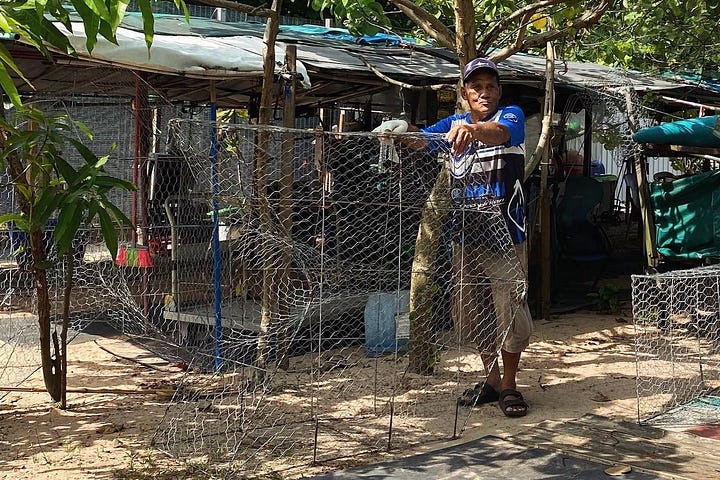

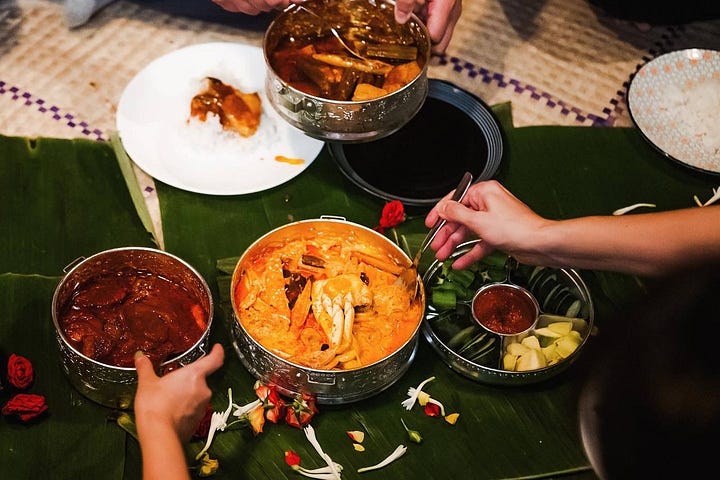
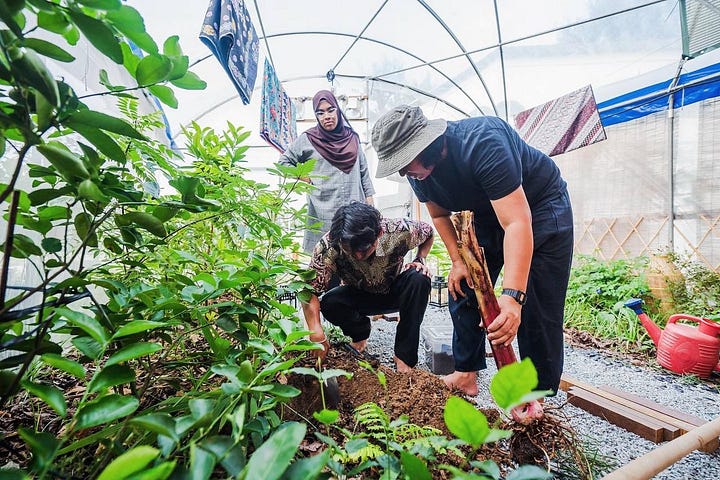
A little update on Hari Orang Pulau
Since March, our team has been deep in planning mode, and we’re thrilled to announce that more content on our first-ever festival is on the way!
In case you missed it, Hari Orang Pulau (Islander’s Day) will take place on 14 June 2025 — a day for former islanders from Singapore’s Southern Islands to come together and celebrate their stories, livelihoods, and cultural heritage.
This is our most significant attempt to conserve and honour what remains of these rich traditions. Through this festival, we want to amplify the voices of the people who shaped Singapore long before the skyline rose — to let their stories live on.
As we busy ourselves with tasks such as securing licenses, building our website, and finalising the programme lineup, we’re especially grateful to all who have responded to our call for volunteers. In March, we hosted an Iftar Karaoke Night to introduce volunteer opportunities for Hari Orang Pulau — and were touched by those who joined us at Tanah dan Air (with a potluck so generous it became a full buffet!). The karaoke night was perfect to end off the day and surprisingly unveiled who was naturally gifted with a set of pipes, and who was gifted with a lot of confidence :P
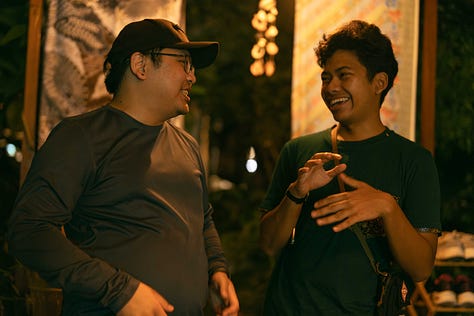
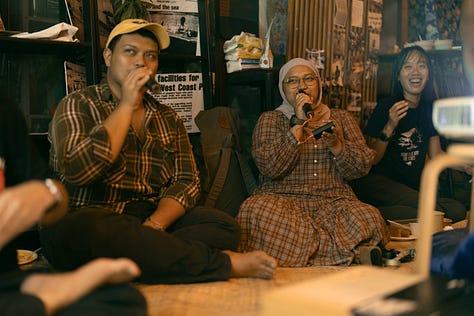

If you are interested in being a part of Hari Orang Pulau but haven’t been able to attend one of our volunteer briefings, we’d still love to have you on board. Just fill in our Volunteer Form, and we’ll be in touch. For a community-led festival, every helping hand makes a difference, and we are thankful for all the support that has been shown to us thus far!
A look back on Ramadan & Hari Raya
In the spirit of giving back to our community, we were also happy to serve our family's much-loved Bubur Lambuk Ikan Tenggiri this Ramadan. Bubur Lambuk is a spiced rice porridge, typically made with beef or mutton and traditionally served by mosques during Iftar. As islanders, the staple of our bubur was ikan tenggiri (mackerel), alongside other coral fishes. Our bubur recipe is precious to us, passed down through generations from our ancestors from Pulau Semakau. Back on the islands, the warmth of bubur would be shared freely among the community – a tradition we wish to continue today in mainland Singapore.
The cooking of bubur lambuk is never a solitary effort. This year, our extended family came together in full force, preparing over 600 bowls across two distribution drives. The scale of the task hardly daunted our head chefs, Mdm Nooraini and Mdm Rohaini, who rallied their trusty little minions — the family — to help bring it to life.
This year, we distributed our bubur at two locations of significance.
First, our family gathered at the plaza of Block 45 Telok Blangah Drive, the very first HDB flat that Tok Rani and Nenek Ninah moved to from Pulau Semakau in 1977. We felt drawn to return to this community and neighbourhood, home to clusters of one- and two-room rental flats. The estate may not be the most affluent, but neighbours cherished deep bonds with each other, especially among fellow Southern Islanders, who were also resettled to the area.
More than a century ago, Telok Blangah was also one of the first places the Orang Laut had been relocated to. In the 1800s, when the British first arrived in Singapore, they instructed a settlement of Orang Laut living near the Singapore River, close to Masjid Radin Mas, to move to Telok Blangah.
Our day-to-day work space is based in Bedok, an area relatively inland today. But the its history is also firmly rooted in coastal traditions. Bedok is one of the few native place names recorded early on, first appearing in a map by Manuel Gomes de Erédia, a Bugis-Portuguese writer and cartographer, in 1604. The name ‘Bedok’ comes from the Malay word ‘bedoh’, referring to a type of slit drum used in Malay culture. Known for its abundant seafood and fertile soil, Bedok was an ideal settlement for early inhabitants.
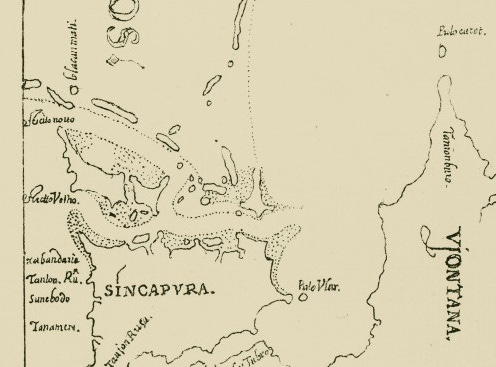
Today, there are several heritage markers near Bedok Mall shaped like boats, one of which mentions that “The (Bedok) area’s inhabitants originally included the Orang Laut, […] later joined by people from Java, Sumatra, Bawean, Riau, Sulawesi, and Borneo.”
The culture and maritime practices of the Orang Laut becomes evident when we look to Bedok’s original coastline — in particular, Bedok Beach. A 1962 newspaper article describes the Termasha Sukan Laut, a sea sports festival with over 1,500 spectators from the village and surrounding islands of Riau, Johor, and the Southern Islands flocking to Bedok Beach.
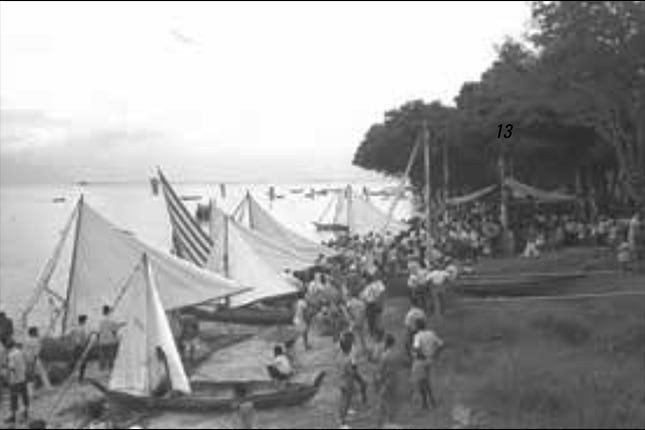
Bedok’s rapid urbanisation began in in 1963. Villages around Bedok Point were cleared for HDB flats, and the pilot East Coast Reclamation Scheme commenced. The original coastline was lost as part of Singapore’s "Great Reclamation" project in 1964, which was the largest land reclamation project in the country at the time. In the 1980s, sea sports races were still occasionally held, but as access to the shore became more restricted, traditions like kolek racing faded.
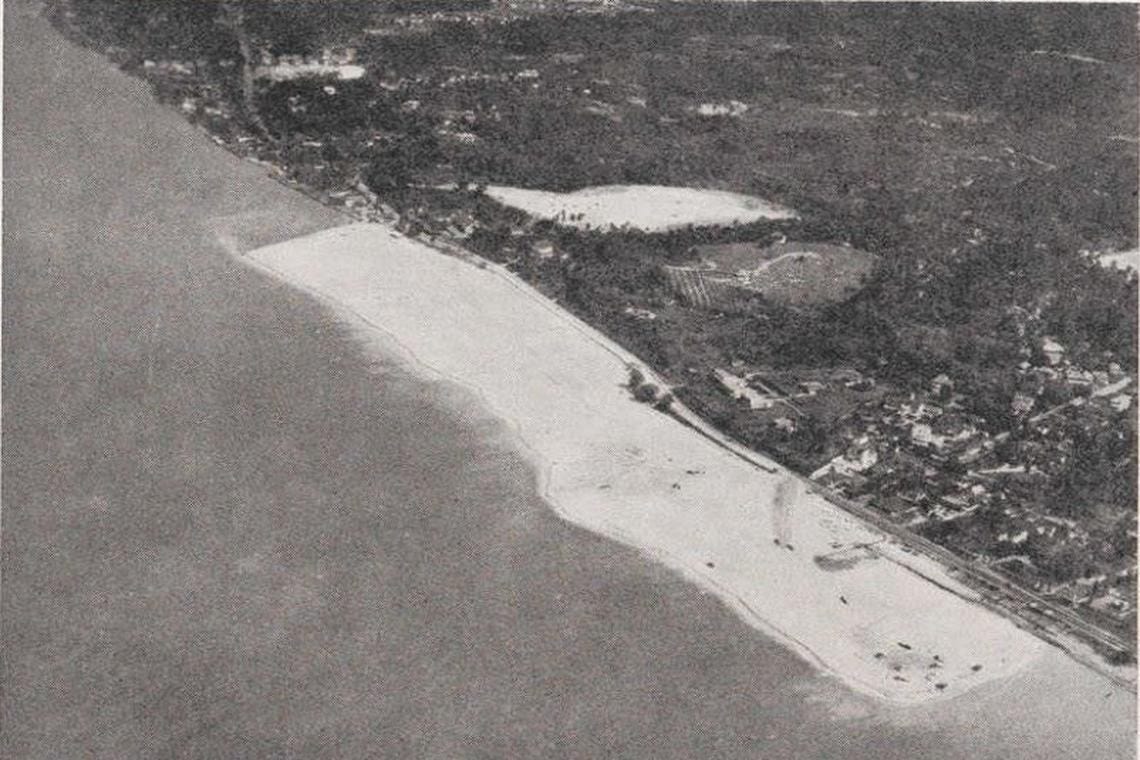
Are you or your family former islanders or Orang Laut communities?
Much of the documentation regarding where the Orang Laut settled comes from colonial or official records. Unfortunately, detailed findings on the locations of the original settlements are scarce. However, through our work, we have met and spoken with many Southern Islanders and their descendants, who shared stories of their families’ relocation from the Southern Islands to various housing blocks in Telok Blangah, West Coast, Henderson, Clementi, Bukit Merah, and Taman Jurong. We know that 20 families from Pulau Sudong moved to Clementi in 1978, as documented in the book Fishermen in Flats. However, the exact numbers and locations of other Orang Pulau families remain unclear, as there was little info on official census on their relocation.
In light of this, we want to reach out to former islanders, their descendants, and anyone who may know of the Orang Pulau. If you are a former islander or have connections to the community, we would love to hear from you. Please get in touch with us through this form, as we seek to expand our network of islanders, trace connections, and understand the generational impacts of relocation. This initiative is part of what we hope to explore further at Hari Orang Pulau, where we aim to better understand how the islands' history continues to shape our communities today.






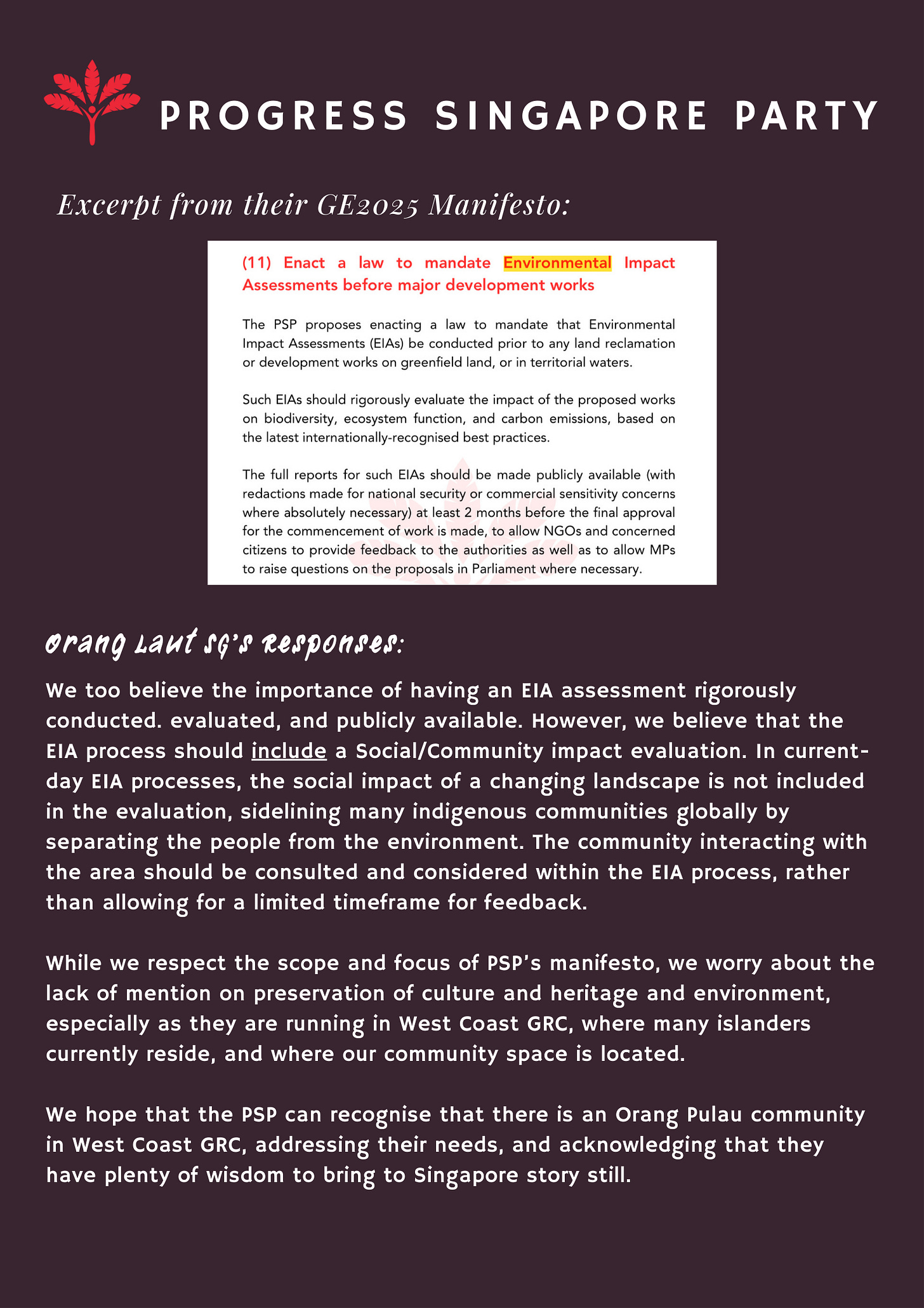






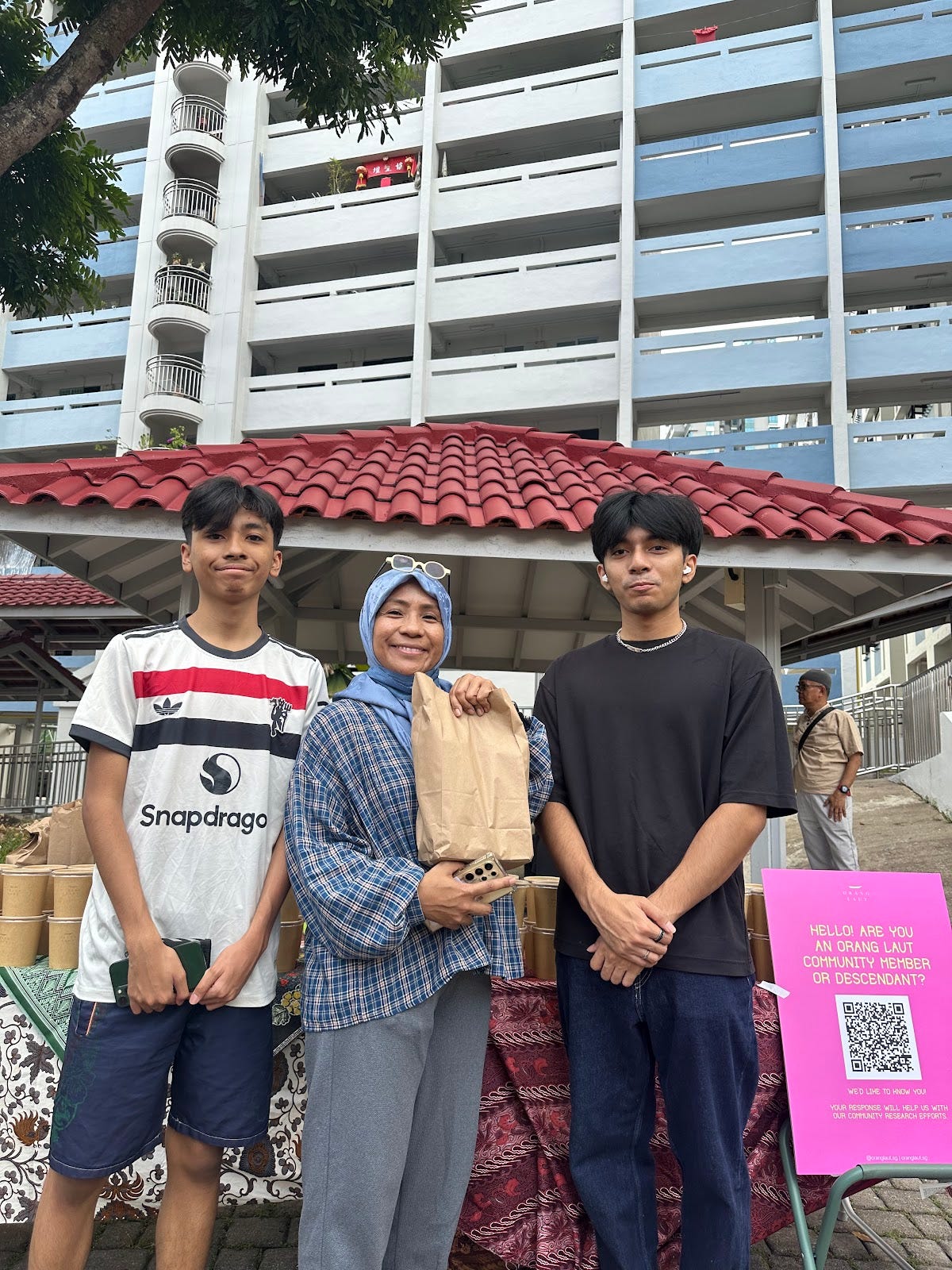

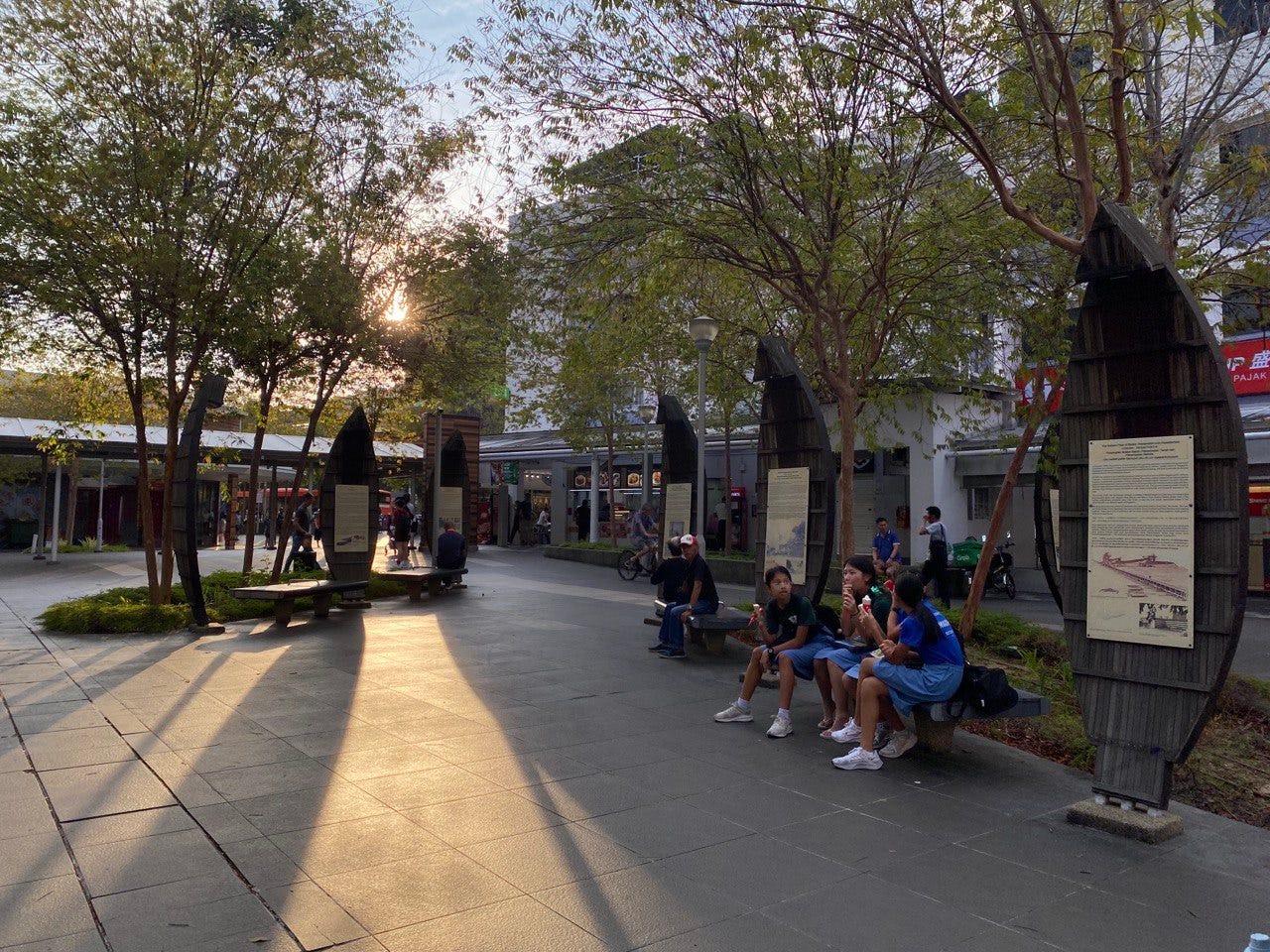
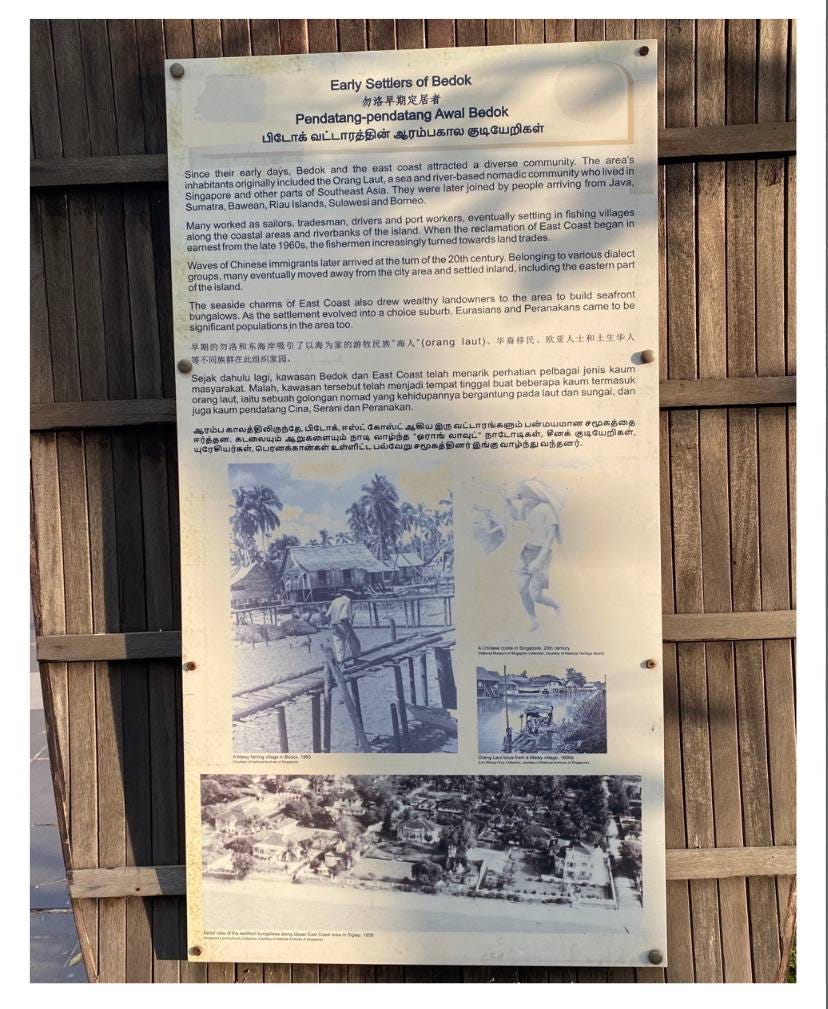



Love how you've crafted your responses. Thank you for inspiring.